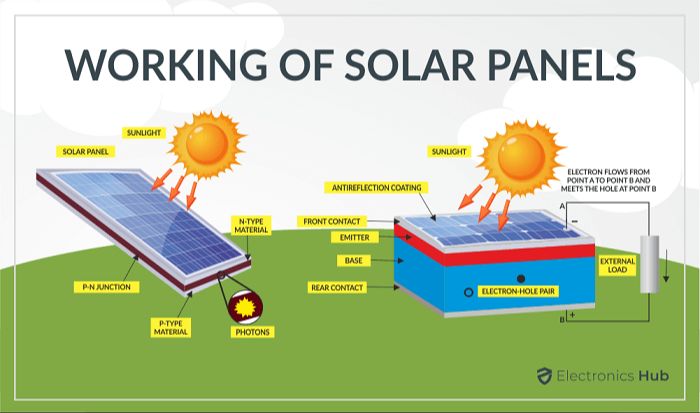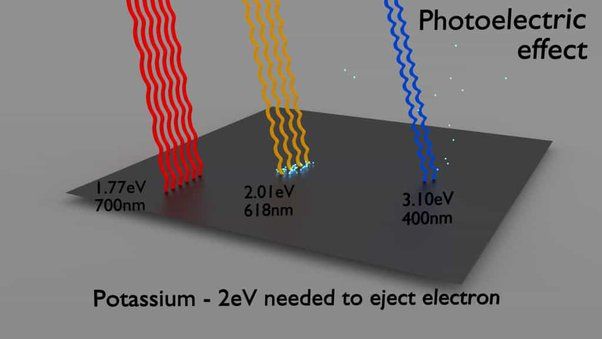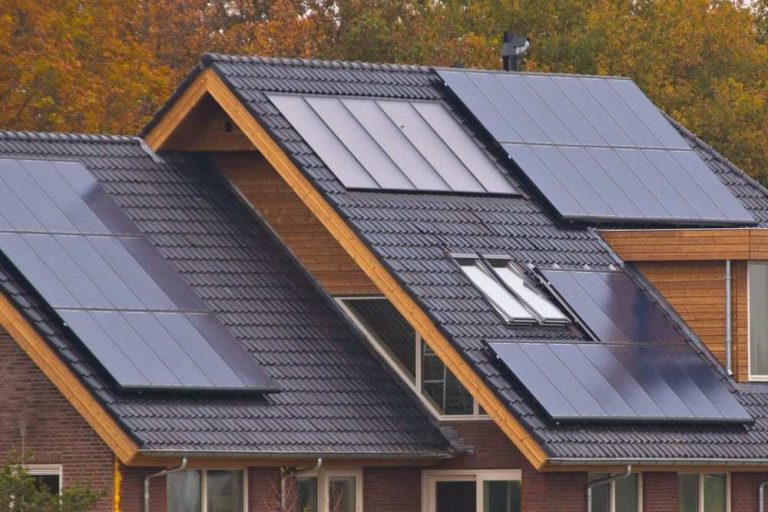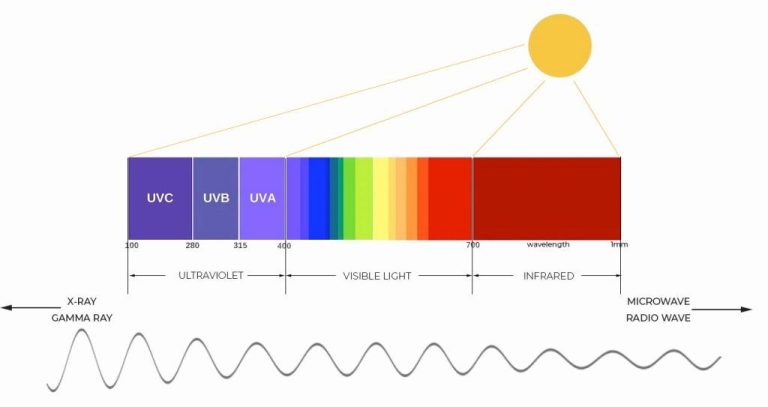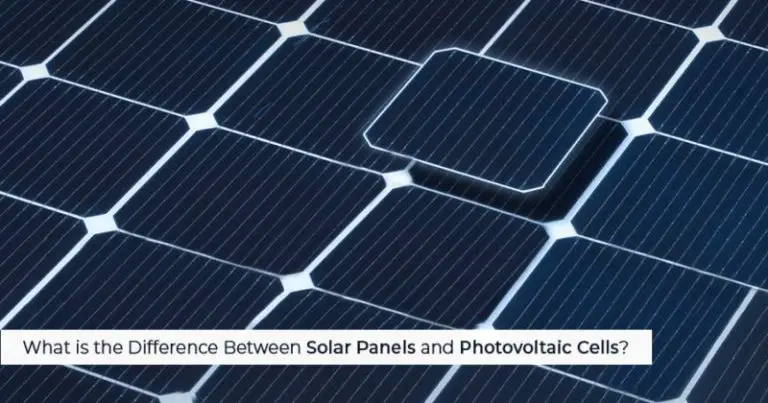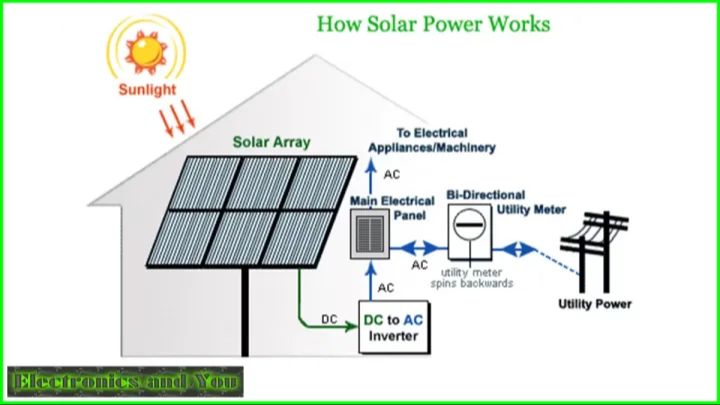What Is The Solar Panel That Opens Up Like A Flower?
Introducing the Bio-Solar Leaf
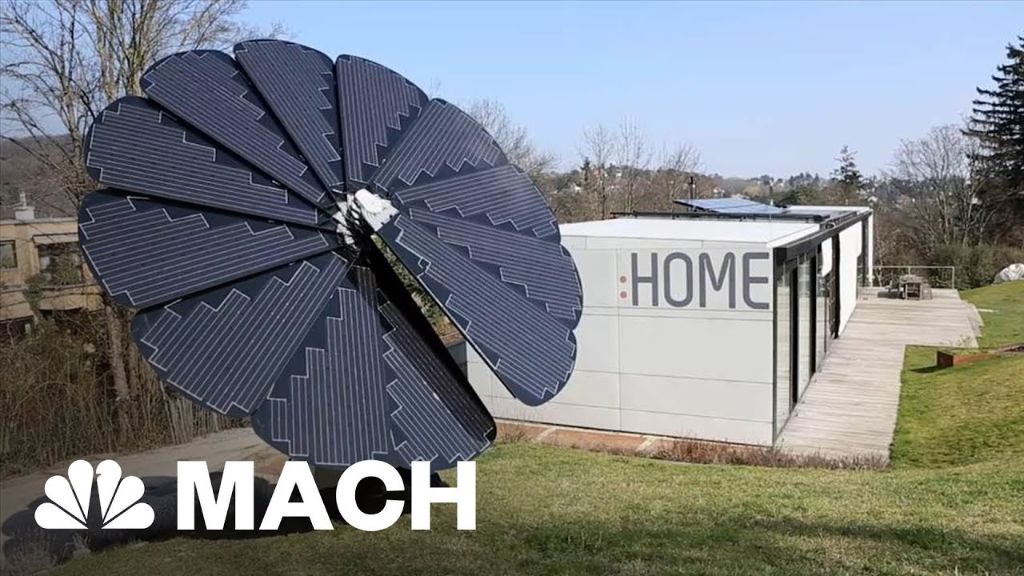
The Bio-Solar Leaf is an innovative solar technology inspired by nature. It was developed by researchers at Harvard University as an artificial version of a leaf that can convert sunlight into energy (source).
The Bio-Solar Leaf consists of a solar panel-like structure made up of millions of microalgae cells. These photosynthetic microalgae absorb sunlight and carbon dioxide and convert them into clean energy and biomass (source). This process mimics natural photosynthesis in plants and trees.
The key advantage of the Bio-Solar Leaf is its ability to generate renewable solar energy while also capturing carbon emissions. This makes it a potentially transformative technology for simultaneously addressing climate change and expanding clean energy production (source).
Inspiration from Nature
The Bio-Solar Leaf takes inspiration from the natural process of photosynthesis in plants. During photosynthesis, plants use sunlight, carbon dioxide, and water to produce carbohydrates and oxygen [1]. The Bio-Solar Leaf aims to mimic this process by using sunlight to convert carbon dioxide into energy and oxygen.
Specifically, the technology utilizes silicon artificial leaves coated with light absorbing materials. When sunlight hits the silicon leaves, a photochemical reaction takes place that splits water molecules into hydrogen and oxygen, similar to what occurs in plant leaves. The hydrogen can then be used as a clean fuel source [2].
By imitating the natural photosynthesis process, the Bio-Solar Leaf provides a way to harvest solar energy and convert carbon dioxide into usable fuel and oxygen. This bio-inspired approach aims to offer a sustainable energy solution by leveraging the power of nature.
Developed at Harvard
The bio-inspired solar panel was developed by a research team led by Daniel Nocera, the Patterson Rockwood Professor of Energy at Harvard University (source). Nocera is widely recognized as a pioneering researcher in renewable energy and is the inventor of the artificial leaf and bionic leaf (source). His team’s bio-solar leaf builds upon his previous artificial leaf invention, which mimics the natural process of photosynthesis to split water into hydrogen and oxygen using only sunlight. The new bio-solar leaf integrates a solar cell with the artificial leaf to generate electricity in addition to hydrogen fuel.
How it Works
The Bio-Solar Leaf uses artificial leaves made of silicon to split water molecules into hydrogen and oxygen through a process called artificial photosynthesis. This process mimics how plants convert sunlight into energy. When sunlight hits the silicon leaves, the light energy gets converted into chemical energy in the form of hydrogen.
Specifically, the silicon leaves contain light-absorbing semiconductors coated with catalysts made of cobalt and nickel. When sunlight strikes the semiconductor, it energizes electrons which then move to the catalyst layer. Here, the electrons interact with water, splitting the water molecules into oxygen, protons, and electrons. The protons and electrons then combine to form hydrogen gas. This hydrogen gas is collected and can then be used as a clean fuel source.
The key breakthrough is using silicon as the semiconductor material in the artificial leaf. Silicon absorbs a broader spectrum of sunlight compared to materials used in previous artificial leaf designs. This allows the Bio-Solar Leaf to convert sunlight into fuel more efficiently.
(Source:Research Outlook, innovations and Research Trends in Solar Energy)
Silicon Artificial Leaf
The original “Artificial Leaf” concept was developed at Harvard University over 10 years ago by Daniel Nocera. It used an organic compound called cobalt oxide as the catalyst to split water into hydrogen and oxygen. However, organic compounds tend to be less stable over time. More recently in 2022, researchers at Lawrence Berkeley National Laboratory created a new version using silicon, the same material used in most solar panels, as the catalyst instead [1]. This silicon-based Artificial Leaf is more durable and efficient at converting sunlight into energy.
The silicon Artificial Leaf consists of a triple-junction solar cell with three layers tuned to absorb different wavelengths of light. This allows it to convert a broader spectrum of sunlight into energy. The electrical current from the solar cell powers the water-splitting reaction, using the silicon as a catalyst to break water into hydrogen and oxygen gas. The separated gases can then be collected and stored as fuel. This mimics what plants do through natural photosynthesis, but in an artificial way.
Potential Applications
One of the most promising potential applications for the Bio-Solar Leaf is generating electricity in remote locations that lack access to an electrical grid. The portability, flexibility, and ease of deployment of the leaf makes it well-suited for providing power in off-grid areas. Unlike traditional solar panels, the leaf does not need to be mounted and angled, and can simply be laid flat. This allows it to provide electricity access for off-grid homes, villages, and remote facilities that have historically lacked power.
According to research, the Bio-Solar Leaf has already provided off-grid electricity access to over 500 households in 10 villages in India. With further development, the leaf could bring electricity to many more remote, rural and developing areas globally that still lack reliable access to power.
Addressing Climate Change
The Bio-Solar Leaf holds great potential as a clean energy source that could help combat climate change. Unlike traditional solar panels, the Leaf runs on biological processes and requires only sunlight and water to produce energy. This makes it a completely renewable and sustainable technology.
According to the startup behind the Bio-Solar Leaf, their system could produce an estimated 625 megawatt hours of electricity over a 5 acre farm annually (1). This is enough to power over 100 homes, offsetting a significant amount of carbon emissions from fossil fuel energy. The Leaf converts sunlight into energy through photosynthesis, just as plants do. But it is much more efficient at harvesting the energy.
Widespread use of the Bio-Solar Leaf or similar artificial leaf technologies could provide a major source of clean power. Deploying these systems in sunny climates ideal for solar power could drastically reduce reliance on coal, oil, and natural gas. With global carbon emissions continuing to rise, innovative renewable technologies like this will be critical to mitigating climate change.
(1) https://uplink.weforum.org/uplink/s/uplink-contribution/a012o00001pTS1mAAG/startup-bio-solar-leaf
Current Limitations
While the bio-solar leaf shows great promise as a renewable energy source, it currently faces some efficiency and durability challenges. According to research from Harvard University, the bio-solar leaf is only around 5% efficient at converting sunlight into energy, compared to around 15-20% efficiency for traditional silicon solar panels (STARTUP BIO SOLAR LEAF – UpLink – Contribution).
Additionally, the organic materials that make up the bio-solar leaf can degrade more quickly than traditional solar panels, meaning they may need replacing more frequently. Tests show the bio-solar leaf loses around 50% of its efficiency within a couple weeks of operation (Green Innovations Update: June 2019). More research is needed to improve the stability and longevity of the biological components.
Recent Advancements
Researchers continue to make advancements on artificial leaf technology. In 2021, a team at Shanghai Jiao Tong University developed a new artificial leaf prototype that can absorb sunlight 10 times more efficiently than natural leaves (Source: https://spectrum.ieee.org/artificial-leaf). This was achieved by using perovskite solar cells with a specialized nano-photonic structure to enhance light absorption. In tests, the new artificial leaf achieved a solar-to-fuel conversion efficiency of 5.2%, a new record.
Other efforts are focused on improving the durability of artificial leaves. In 2018, researchers at the University of Cambridge developed an artificial leaf that can absorb sunlight 10 times more efficiently than natural leaves while also being very stable with a battery life of over a year (Source: https://www.technologyreview.com/2018/02/21/145353/the-race-to-invent-the-artificial-leaf/). This longevity could make artificial leaves much more practical for real-world applications.
While there is still progress to be made, these recent advancements demonstrate that artificial leaf technology is maturing and inching closer to viable commercial products that could help address climate change.
The Future of Solar
The outlook for solar technology like the Bio-Solar Leaf is extremely promising. As the world looks to transition away from fossil fuels and toward renewable energy, innovations like this will be key to providing clean power at scale. The potential impact of the Bio-Solar Leaf is massive – if implemented widely, it could significantly reduce global greenhouse gas emissions and help curb climate change.
The Bio-Solar Leaf offers a unique advantage over traditional solar panels because it mimics photosynthesis to generate energy. This biomimetic design is elegant and efficient. Researchers predict the technology can eventually reach a solar efficiency of 10%, comparable to commercial silicon solar cells. Widespread adoption could provide clean energy to millions of people worldwide.
Moving forward, work is being done to improve the efficiency and durability of the Bio-Solar Leaf while also reducing costs. According to Harvard researchers, the key will be enhancing the microalgae’s light-capturing capabilities. There are also efforts underway to develop larger Bio-Solar Leaf arrays that can be installed on rooftops.
Innovations like the Bio-Solar Leaf provide hope that humanity can curb its fossil fuel dependence and sustainably power the future. With continued progress, biomimetic solar technology could soon unlock immense amounts of clean, renewable energy around the world.

